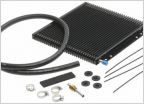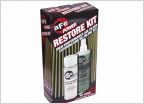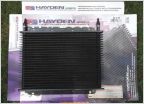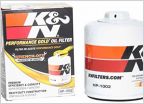-
Welcome to Tacoma World!
You are currently viewing as a guest! To get full-access, you need to register for a FREE account.
As a registered member, you’ll be able to:- Participate in all Tacoma discussion topics
- Communicate privately with other Tacoma owners from around the world
- Post your own photos in our Members Gallery
- Access all special features of the site
Conclusive Theory on Design: Dual Outlet Flange, Dual Cat, C.A.R.B. California
Discussion in 'Performance and Tuning' started by BenevolentMachination, Jan 16, 2018.


 Supercharger check list.
Supercharger check list. TRD CAI Filter Replacement vs Cleaning
TRD CAI Filter Replacement vs Cleaning Installed a Trans Cooler
Installed a Trans Cooler K&N oil filter
K&N oil filter







































































